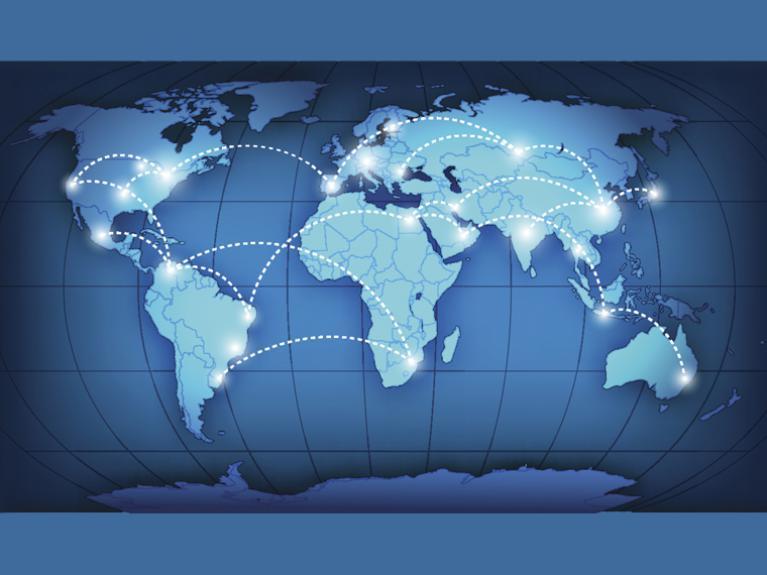UPS: International online shopping is on the rise
More U.S. online shoppers are buying items from international retailers. To compete against these lower prices, U.S brands to step up personalization efforts.
This was according to the sixth annual “UPS Pulse of the Online Shopper” study. The report is based on a comScore survey of more than 5,000 U.S. online shoppers. Almost all avid U.S. online shoppers (97%), made purchases on marketplaces — up 12 points from 2016 — and 81% said price was the most important factor when searching for and selecting products online. Among respondents who purchased from an international retailer (47%), 43% were driven by lower prices on U.S. marketplaces, and 36% wanted unique products not available from U.S. retailers.
Among the U.S. consumers who purchased from an international retailer on a U.S. online marketplace, these retailers are based in China (61%), the U.K. (23%), Canada (15%), and Japan (14%).
The top considerations that online shoppers make when purchasing from international retailers include clearly stating the total cost of the order, including duties and fees (77%), stating all prices in the shopper’s native currency (76%), the retailer being reputable (74%), and reasonable speed of delivery (66%), data revealed.
“The lines that separate domestic and international retailers continue to disappear,” said Alan Gershenhorn, chief commercial officer for UPS. “Retailers are now competing across the globe. In order to win, retailers can distinguish themselves by providing value through personalized experiences.”
Personalized experiences include the physical store. Many online shoppers find stores important to touch and feel products (59%), solve immediate problems (54%), receive superior customer service (52%), and participate in rewards/loyalty programs (52%). Half of shoppers (50%) have used ship-to-store this year, of whom 44% made additional purchases in store, and 41% plan to use ship to store more often in the next year.
Yet, the average percentage of purchases made in physical stores by avid online shoppers decreased from 53% in 2014 to 48% in 2017. Comparatively, online sales increased from 47% in 2014 to 52% in 2017.
While online shoppers prefer to talk with sales associates when shopping in stores, when online they prefer self-service options such as email (55%) and live chat (42%). They are also comfortable using chatbots to get product information (42%), new product updates (39%), and completing their order and returning products (39%).
This also includes how shoppers are immersed in the store experience. Virtual reality is appealing to online shoppers interested in visualizing furniture and home décor (42%), seeing products brought to life through product demos (40%), and browsing through a store (39%).
Smartphones are also increasingly important whether shopping online or in-store. Eight in 10 online shoppers use retailer apps, often preferring apps to websites because of faster speed (51%) and better user experiences (35%).
The convenience factor is key as “on the go” mobile shoppers seek efficiency at every turn. Mobile coupons (50%) and high-quality product images (50%) are two of the most important app features, the study revealed.
Despite the overall growth of m-commerce, consumers are hesitant to use mobile in-store payment methods. While 59% of smartphone users research on their device, only 28% have used a smartphone to make an in-store purchase.
The number of shopping apps a consumer will use is also limited. Many rely on between three to five apps, mostly to conserve memory on their device.


